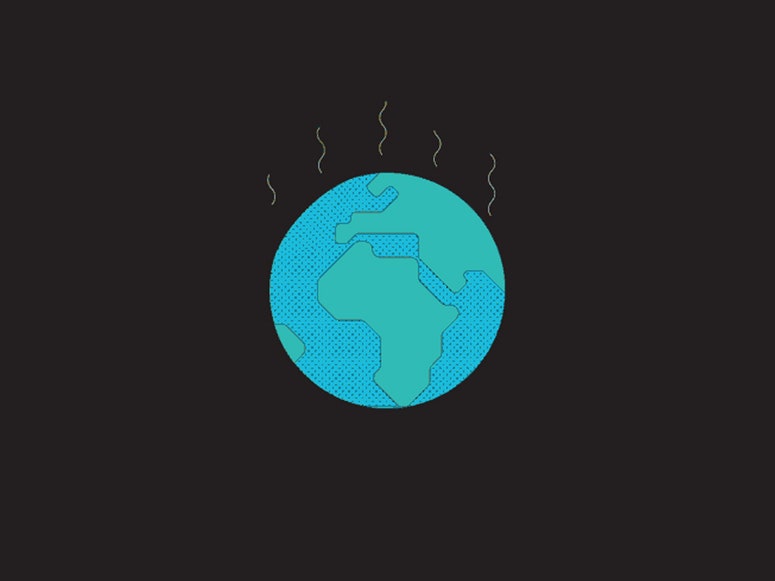On Sunday, Hurricane Ida made landfall in Louisiana, tying with 2020’s Hurricane Laura as the strongest storm ever to hit the state. Winds topping 150 mph tore apart the electrical infrastructure, leaving a million people without power. All eight transmission lines into New Orleans were severed.
Now temperatures are in the 90s, and brutal humidity—it’s summer, after all—is plunging Louisiana into a multilayered crisis: Without power, residents who don’t have a generator will also lack fans or air-conditioning. The utility Entergy says power may not be restored for three weeks, but local officials warn it could be a month for some. “I’m not satisfied with 30 days, the Entergy people aren’t satisfied with 30 days,” Louisiana governor John Bel Edwards said at a press conference Tuesday. “Nobody who’s out there needing power is satisfied with that.”
The misery is particularly acute in New Orleans and other cities that already form “heat islands” in the landscape. These are places without enough trees or other green spaces where the built environment absorbs the sun’s energy during the day, slowly releasing it at night. Urban temperatures can be 20 degrees Fahrenheit hotter than surrounding rural areas. And here’s the extra-bad news: An analysis published in July by the research group Climate Central found that New Orleans’ heat-island effect is worse than any other city in the United States.
If you’re curious about what climate-crisis hell looks like, this is it. “This whole region is already hot and humid through the summer,” says Louisiana State University climate scientist Barry Keim, who’s also the state climatologist. “And you throw in some urban heat island impacts, which only exacerbate that, and you knock out the air-conditioning system. It’s a recipe for disaster.”
Several factors turn cities into heat islands. Concrete, asphalt, and brick absorb heat really well. When the ambient air cools down at night, those dense materials can only release some of that heat, so they may still be warm when the sun comes up the next day and applies more energy. “So you get kind of this baking-in factor over the course of multiple days of heat,” says Portland State University climate adaptation scientist Vivek Shandas, who has studied the heat island effect in Portland, New Orleans, and dozens of other cities. Following Hurricane Ida, he says, it now looks like New Orleans is facing a “string of days of excess heat.”
The structure of the built environment is also a major factor. Tall buildings absorb sunlight and block wind, trapping heat in downtown areas. And buildings themselves produce heat—especially factories—or vent hot air from AC units.
Compare this to rural areas full of trees: When the sun beats down on a forest or grassland, the vegetation absorbs that energy, but in turn releases water vapor. In a sense, a green space “sweats” to cool the air, making temperatures much more tolerable.
In an ideal world, every city would be full of trees to help cool it off. But in a metropolis like New Orleans, Shandas says, temperatures can vary wildly, even block by block. Buildings made of brick hold onto heat better than those made of wood, and fat freeways bask in sunlight. But if buildings are interspersed with trees, and if you’ve got plenty of green spaces like parks, all that greenery helps cool the air.
On an August day last year, Shandas and other researchers compiled 75,000 temperature measurements from around New Orleans. They found that the coolest areas sat at around 88 degrees, while the hottest areas skyrocketed to 102 degrees. “It has to do with green space, it also has a lot to do with the configuration of the buildings, as well as the building materials,” Shandas says.

